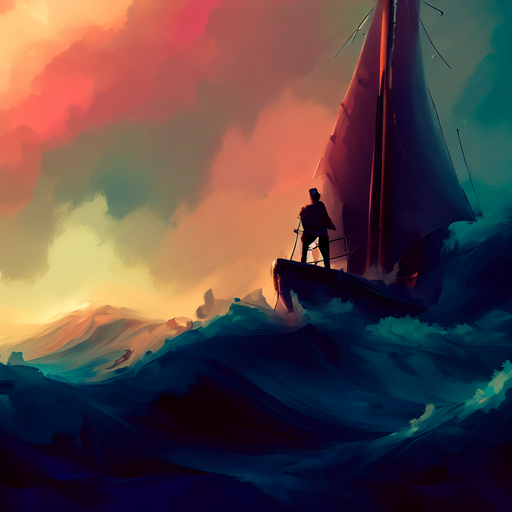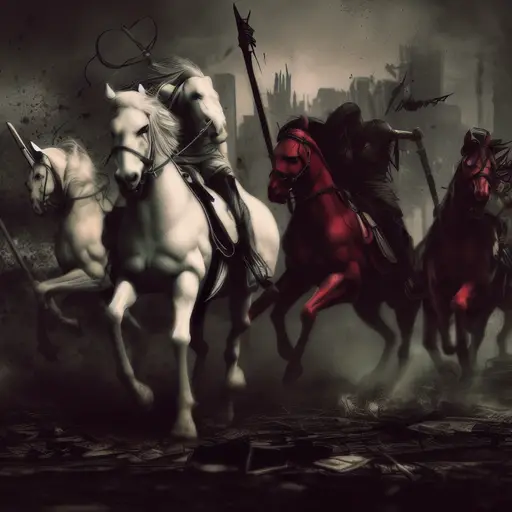The wind howled and the waves crashed against the rocky shore as Captain Isaksson sailed his ship, the Ellen, through the treacherous waters of the Baltic Sea. With his crew of seven men, they had been at sea for months, surviving on salted fish and hardtack. Isaksson had been hired for an important task, to transport a group of Swedish expatriates back to their homeland from Finland. As they drew closer to the coast, a thick fog enveloped the ship, obscuring their vision.
Isaksson felt uneasy, sensing that something was not right. A thick mist surrounded the vessel, making it impossible to see anything beyond arm’s distance. Suddenly, through the mist, he saw the silhouette of a ship emerging. It was the Swedish heavy cruiser Thule, and it was dangerously close. Isaksson knew there was no way he could avoid the collision in time, and he braced himself for impact.
The two ships collided with a deafening crash, shattering the peaceful silence of the night and sending splinters flying in all directions. The impact was so powerful that it shook the Ellen to its core, and Isaksson heard the screams of his crew as they were thrown overboard. He caught a glimpse of the Thule’s flag before it disappeared into the mist – a flag with the mark of the Iron Cross.
As he struggled to keep himself afloat in the stormy sea, Isaksson realized that he was the only surviving member of his crew. He felt helpless and alone, floating aimlessly in the middle of the ocean. After hours of drifting, he spotted a small island in the distance. He swam towards it with all his strength, hoping to find help.
The island was deserted, and Isaksson could see no sign of human life. Exhausted and soaking wet, he stumbled upon a small shelter. Inside, he found a bed and a stove, along with some supplies. He kindled a fire and lay down on the bed, his thoughts turning to his loved ones back home.
Days passed, and Isaksson began to despair. He was running low on provisions and knew that he had to find a way off the island. One day, as he was walking along the beach, he spotted a ship in the distance. It was a German vessel, and he knew he had to hide to avoid being captured. He ran back to his shelter and decided to wait until the ship had passed before trying to make his escape.
As night fell, Isaksson heard footsteps outside the shelter. He feared it was the Germans, and he grabbed a knife and prepared to defend himself. But it was not the Germans. Instead, he found a beautiful woman named Helga standing outside. She spoke little, but it was clear that she had been sent to the island to care for him.
Over the next few weeks, Isaksson and Helga grew close. She helped him to survive on the island and even showed him how to fish. They spent their days exploring the island and sharing stories of their past. Isaksson was grateful for her company, and he felt himself falling in love with her.
One day, Helga led him to a hidden cove on the island. She showed him a small boat that she had been repairing, and she told him that she had been planning to use it to escape the island. Isaksson knew that the boat was their only chance of survival, and he agreed to help her complete the repairs.
As they worked, Isaksson heard the sound of an airplane flying overhead. He knew that it was the Germans, and he feared for their safety. They worked quickly and managed to finish the repairs just in time. They set out into the ocean, hoping to evade the Germans.
The journey was long and perilous, but they finally reached the safety of the Swedish coast. Isaksson was greeted as a hero for his bravery, and Helga was welcomed as a hero for her bravery in rescuing him. They were hailed as the embodiment of the resilience and determination of the Swedish people, and they became a symbol of hope for all those who had suffered in the war.
Despite the ordeal they had endured, Isaksson and Helga knew that they had found something special in each other. They vowed to never be apart again and to live their lives to the fullest, cherishing every moment together.












